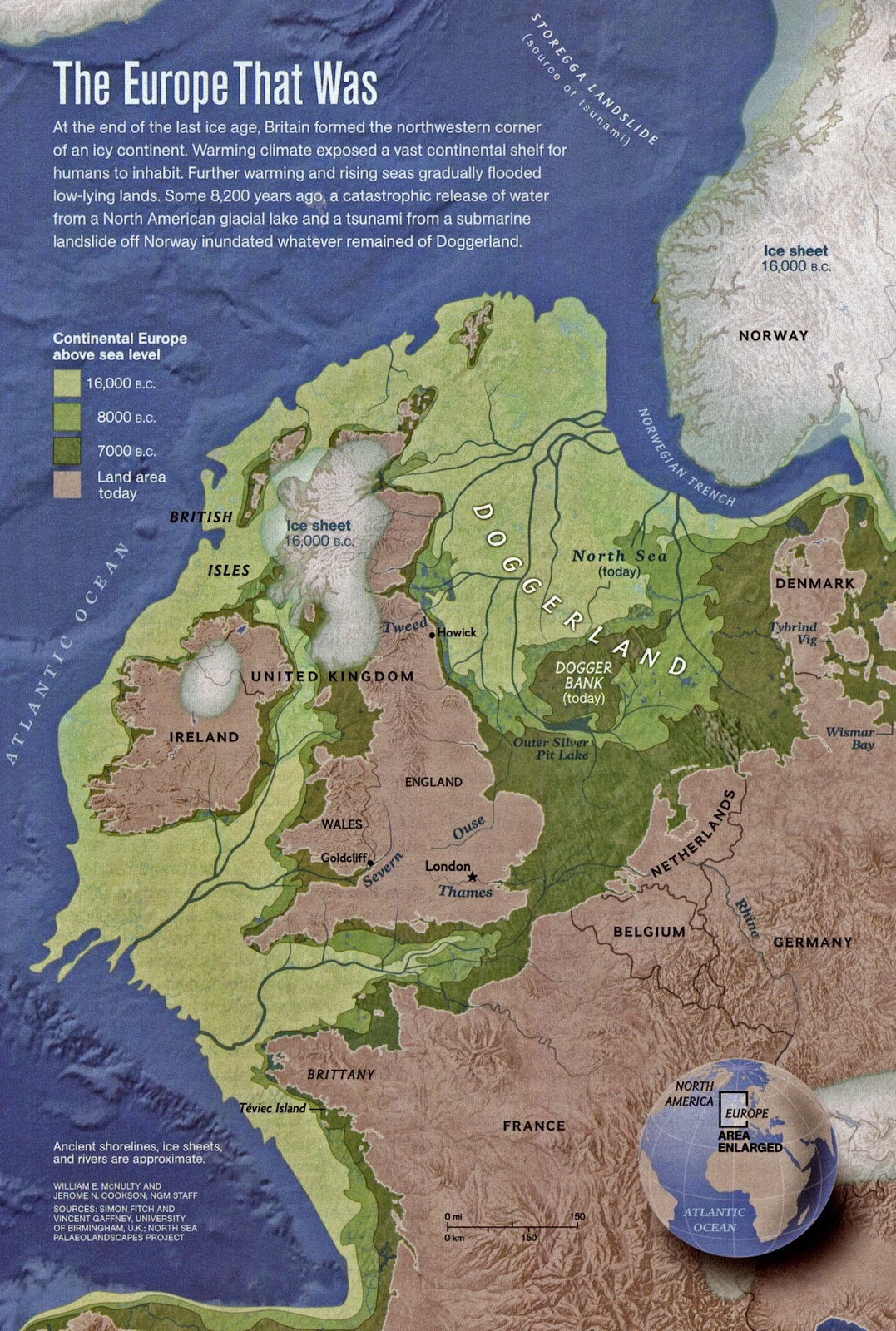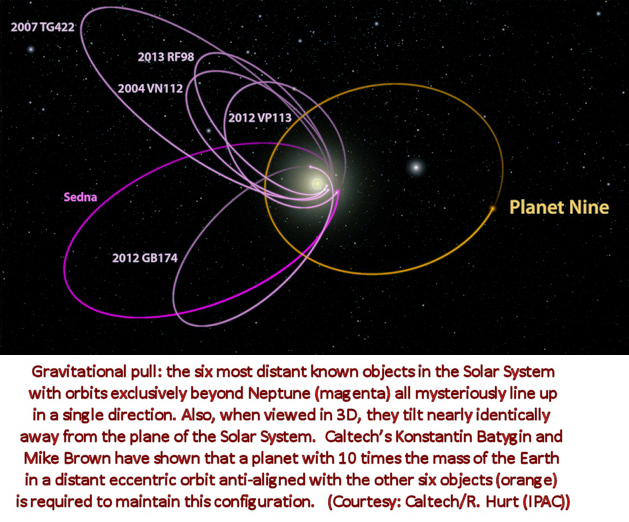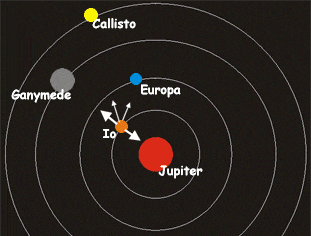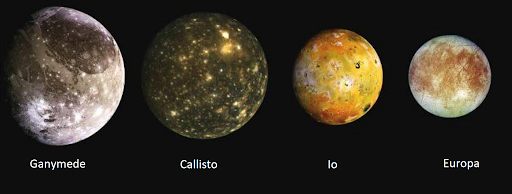Yes a big Happy Birthday to AAS – personally as I joined back in March just as lockdown was coming in, I look forward to attending my first meeting!
Zoom is the next best thing and good fun though
Tony PF
Congrat’s all!!!
Sorry I’ve not joined you in recent meetings. Life is chaotic and working from home / kids, I completely lose all track of time. I’ve even set alarms 5 minutes before, and still missed the meet!
Have spent many nights out with the telescope / binoculars with one of my boys (until the recent inclement weather that is).
Stay safe…
Mark H
Am having a glass of red to celebrate 10 years…here’s to at least another 10…..cheers….Bri Wigg…
Brian W
Something to celebrate. Sorry I’m not more regular.
This tiny anecdote for Abergavenny AS’s 10th birthday celebrations warns of the dangers of planet watching.
“Having learned via AAS recently of the opportunity for good sightings of three planets soon after dark, I took my binoculars [that someone left in the bunkhouse and never claimed] and walked straight out into the dark. I did not take the precaution of allowing my eyes to adjust and walked straight into the table that had stood on the lawn most of the summer. The tabletop is made of recycled oak staves from an ancient barrel, older, we were told, than our cottage which itself dates from 400 years ago. Very hard and ungiving those timbers are. The blow came right across both thighs but only the left muscle was damaged. It is remarkable how much damage you can do in such a trivial way. Now, over a fortnight later, I am slowly recovering and have stopped taking ibuprofen to relieve the pain. But tennis and cycling are definitely still off the agenda and I must take extreme care when walking down muddy slopes to avoid any risk of slipping. Lesson well learned.
So when you next go planet watching or star gazing- take a torch!”
Richard L





